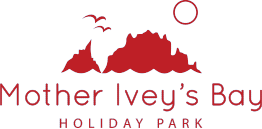Ivey's Blog
Butterflies, Bumblebees and Beach Cleans
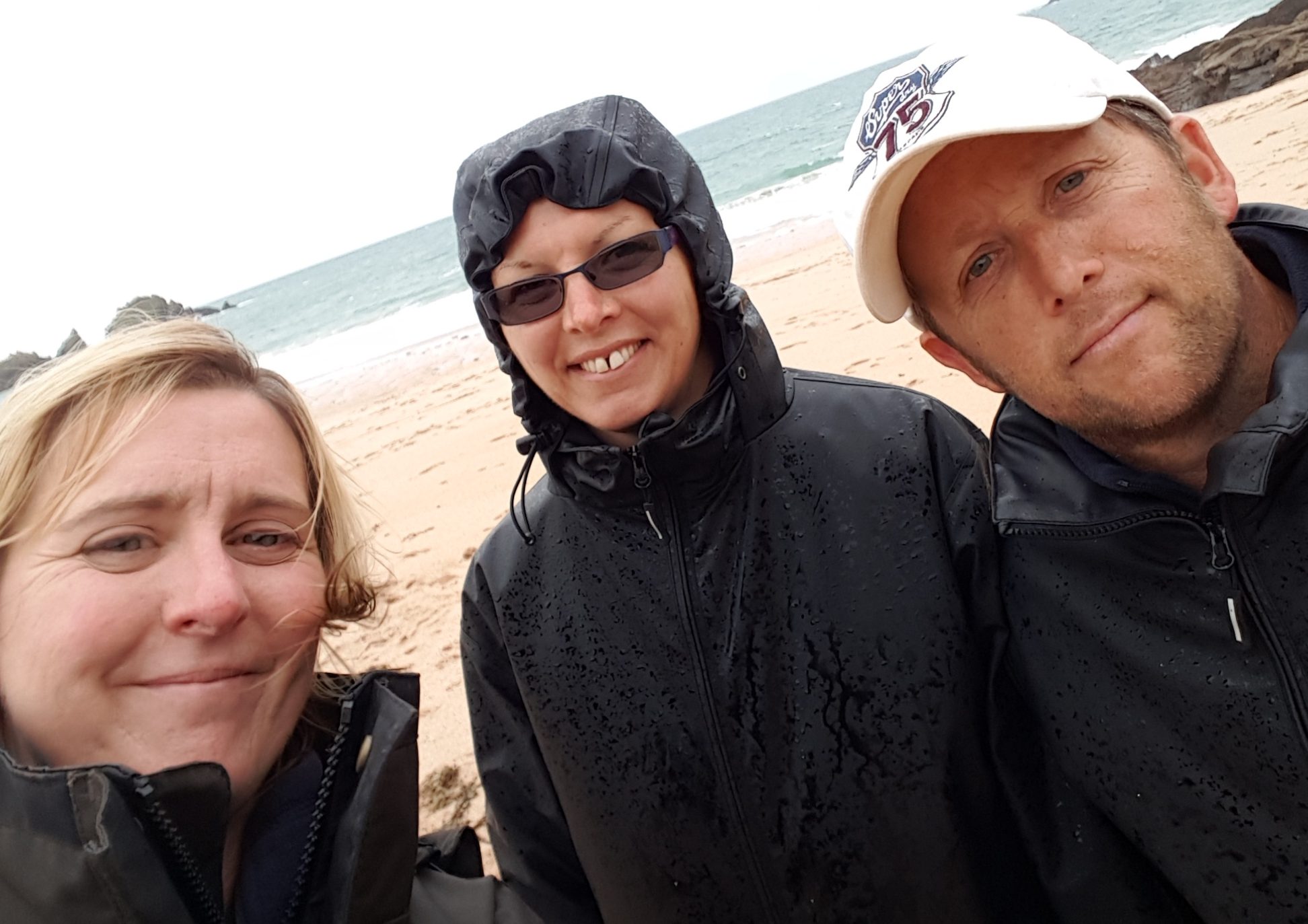
This summer, we encouraged all of our guests and staff to take part in the Big Butterfly Count.
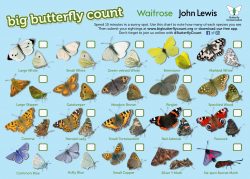 Set up by the Butterfly Conservation Society, the big butterfly count is a nationwide survey aimed at helping assess the health of our environment. It was launched in 2010 and has rapidly become the world’s biggest survey of butterflies. Over 52,000 people took part in 2015, counting over 580,000 individual butterflies and day-flying moths across the UK. The 2016 big butterfly count took place from 15 July – 7 August and participants were asked to sit in a sunny spot for 15 minutes and spot butterflies, then record and submit details of the numbers that were seen. It was a lovely way to spend a summer afternoon.
Set up by the Butterfly Conservation Society, the big butterfly count is a nationwide survey aimed at helping assess the health of our environment. It was launched in 2010 and has rapidly become the world’s biggest survey of butterflies. Over 52,000 people took part in 2015, counting over 580,000 individual butterflies and day-flying moths across the UK. The 2016 big butterfly count took place from 15 July – 7 August and participants were asked to sit in a sunny spot for 15 minutes and spot butterflies, then record and submit details of the numbers that were seen. It was a lovely way to spend a summer afternoon.
38237 counts where completed and recorded across the country… check out the results and see how your part of the country did.
Bumblebees
We have always known the importance of bees and pollinators to our environment. At the Mother Ivey’s Bay Gardening Club we have talked a lot about bee-friendly planting and done our best to enrich the park to suit these busy bees. Recently however, we started discussing bumblebees. The lavenders and sedums have been full of them and the Gardening Club became really interested in these humble creatures. Park Gardener, Alison, was asked the difference between honeybees and bumblebees, and, with a little help from the BumbleBee Conservation Society we took it upon ourselves to identify the different breeds around the Park. There are more bumblebee breeds than we realised – 24 to be exact. Take a look for yourself & see what you can find in your own garden.
As for the differences between bumblebees and honeybees, take a look at the table below.
| Bumblebee | Honeybee |
|---|---|
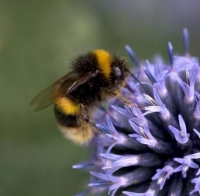 | 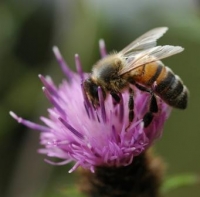 |
| Fat and furry appearance. | Smaller and slim appearance, like a wasp. |
| 24 different species of bumblebee in the UK. | Only one species of honeybee in Europe. |
| Different species have different lengths of tongue. This means they feed from different shaped flowers. | All honeybees have short tongues so they prefer open flowers. |
| Bumblebees live in nests with 50-400 bees. | Honeybees live in hives of up to 50,000 – 60,000 bees. |
| Only the queen hibernates, in a hole in the ground. | The queen and many of her daughters live in the hive all year |
| The queen lives for one year, but the other bumblebees only live for a few months. | The queen can live for three - four years. |
| They live in the wild, e.g. in gardens and the countryside. | Most honeybees are looked after by beekeepers, but there are some wild colonies. |
| Bumblebees only make small amounts of a honey-like substance to eat themselves. | Honeybees make lots of honey, which beekeepers can harvest to eat or sell. |
| Bumblebee populations are declining due to a shortage of flowers to feed from and places to nest in the countryside. | Honeybees are mainly declining due to diseases and mites, such as the Varroa mite. |
| They can sting more than once but only sting if aggravated. | Honeybees die after they have stung as their stinger is barbed and sticks in the skin. |
| Don't dance but may communicate by passing pollen between worker bees. | Use a 'waggle dance' to communicate - passing on information about flower locations. |
Table credit: Bumblebee Conservation Trust
The Great British Beach Clean
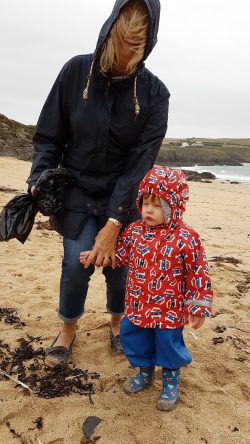 On September 19th, we took part in the Marine Conservation Society Beachwatch. Beachwatch is a national beach clean and litter surveying programme which helps people all around the UK to care for their coastline.
On September 19th, we took part in the Marine Conservation Society Beachwatch. Beachwatch is a national beach clean and litter surveying programme which helps people all around the UK to care for their coastline.
Albeit it was a blustery & rainy day, Gardener Alison, team members Mark, Karen & Bernie braved the elements & hit the beach with the help of some hardy volunteers. The team measured a section & collected every bit of rubbish they could lay their hands on. The results were very encouraging and most of what was collected was washed up on the high water line so had come in from the sea. Alison collated it all and has sent of our findings to become part of the national survey.
